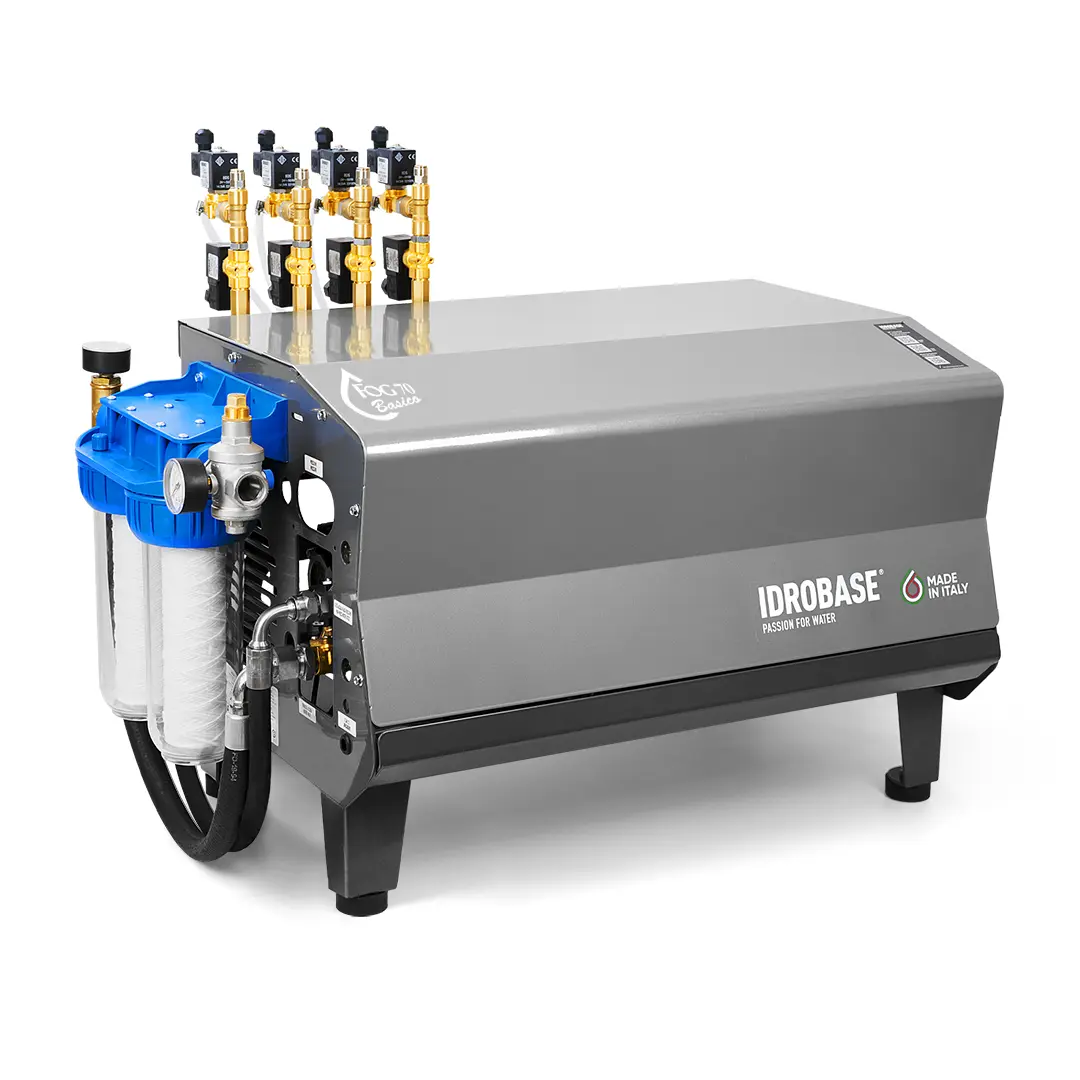In industrial environments, it is essential to know what nebulization systems are used for dust suppression, especially when it comes to improving air quality and reducing workers’ exposure to harmful particulates. These systems use high-pressure nebulization to disperse microdroplets of water which, by binding to airborne dust particles, facilitate their settling to the ground. This technology is widely used in sectors such as waste treatment, the cement industry, and bulk material handling.
The effectiveness of these systems is well illustrated on the Dust, Odor Suppression and Cooling page, where solutions offered by LubeTeam are presented.

Applications and System Customization
Nebulization systems for dust suppression are used in a wide range of industrial environments: from recycling and waste treatment plants to material storage warehouses, as well as in sectors like textiles, mining, and agri-food. The choice of the most suitable system depends on numerous factors, including the volume of air to be treated, space layout, and the operational continuity of the site.
Another crucial factor is system customization: LubeTeam Hydraulic offers modular solutions, assembled with adjustable nozzles, dust sensors, timers, and automation systems to activate nebulization only when necessary. This approach maximizes system effectiveness while reducing water and energy consumption.
Additionally, some systems are designed to operate in synergy with localized extraction systems or ventilation systems, contributing to the overall improvement of air quality. This integration is vital in highly critical contexts, where constant dust presence can jeopardize not only workers’ health but also machinery efficiency and lifespan.
Main Advantages of Nebulization Systems for Dust
- Effective capture of airborne dust (PM10 and PM2.5)
- Improvement of air quality in enclosed environments
- Continuous and automated operation
- Reduced dust deposits on machinery and surfaces
- Integrated solutions with other air treatment systems
- Optimized water and energy consumption

